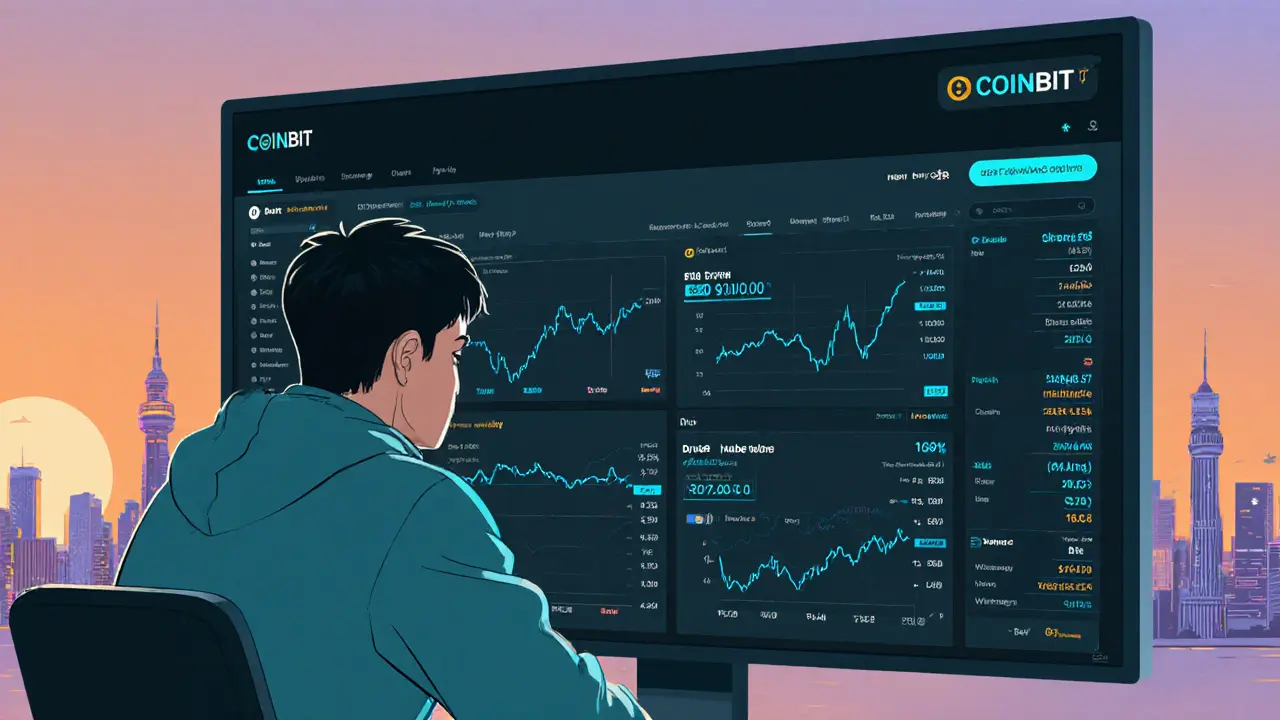Liquidity: The Engine Behind Smooth Crypto Trading
When working with Liquidity, the ability of an asset to be bought or sold quickly without moving its price much. Also known as market liquidity, it keeps trading smooth and reduces slippage for participants. In plain terms, high liquidity means you can swap coins without waiting for a buyer or seller to appear. Low liquidity often leads to big price swings and costly trades. Liquidity therefore influences both everyday traders and big institutions alike.
Key Players: Pools, Providers, and Mining
One of the most common ways liquidity shows up in DeFi is through Liquidity Pools, shared reserves of tokens that power automated swaps on decentralized exchanges. These pools replace traditional order books and let anyone trade at any time. The pools themselves need capital, and that’s where Liquidity Providers, individuals or firms that lock up assets in a pool in exchange for fees come in. By supplying assets, providers earn a slice of every transaction, which creates a direct incentive to keep the pool funded.
Another related concept is Liquidity Mining, reward programs that distribute extra tokens to participants who add liquidity. Mining programs boost pool depth, especially for newer or riskier tokens, and they often tie the reward rate to the pool’s overall health. In practice, liquidity mining can turn a thin market into a bustling one overnight, but it also introduces the risk of sudden token price drops if rewards are pulled.
Liquidity isn’t just a DeFi thing. On centralized exchanges, Market Liquidity, the total volume of buy and sell orders available at any moment determines how easily large orders can be filled. Exchanges use market makers, algorithmic bots, and order‑book depth to maintain this flow. When market liquidity dries up, you’ll see higher spreads and more volatile price swings, which can hurt both day traders and long‑term holders.
All these pieces—pools, providers, mining incentives, and market depth—form a network that keeps crypto assets flowing. Below you’ll find a curated list of articles that dig deeper into each of these aspects, from licensing rules that affect liquidity providers to detailed token reviews that illustrate how low‑liquidity coins behave in real markets.

Coinbit Exchange Review: Liquidity, Security, and How It Stacks Up in 2025
Sep 7, 2025, Posted by Ronan Caverly
A comprehensive 2025 review of Coinbit exchange covering liquidity, security, features, and how it compares to major crypto platforms.
MORESEARCH HERE
Categories
TAGS
- decentralized exchange
- crypto exchange review
- cryptocurrency
- crypto coin
- CoinMarketCap airdrop
- smart contracts
- tokenomics
- cryptocurrency exchange safety
- crypto exchange
- cryptocurrency airdrop
- crypto airdrop
- cryptocurrency exchange
- crypto airdrop guide
- blockchain token distribution
- DeFi
- crypto exchange scam
- crypto airdrop 2025
- Ethereum
- cross-chain interoperability
- ERC-20
